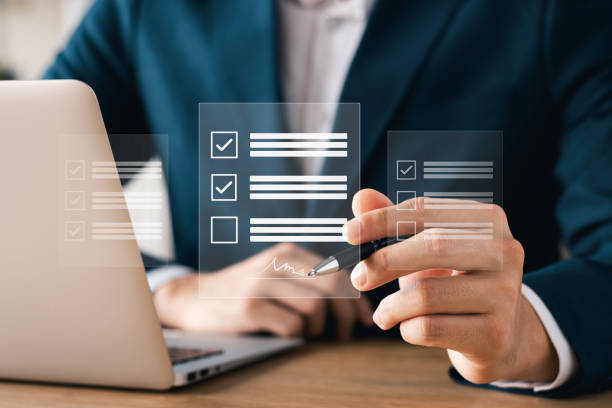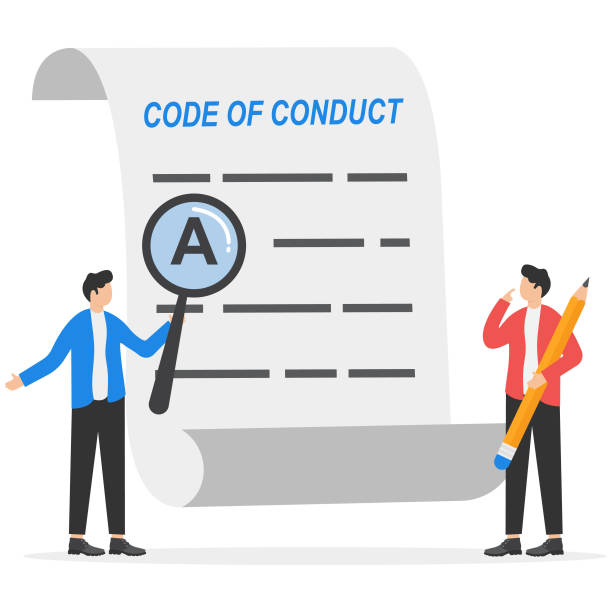Introduction to On-Page SEO and Its Importance
![]()
On-page SEO, also known as On-Page SEO, refers to a set of actions performed within a website to improve its ranking in search engine results.
These actions include optimizing content, HTML code, and user experience.
The importance of on-page SEO lies in helping search engines better understand your page’s content and assess its value for users. Without a strong on-page SEO strategy, even the best content might get lost among the vast amount of information available on the web.
This aspect of SEO is fundamental for any successful SEO campaign, allowing you to have more control over how your pages are presented to users and search engine crawlers.
This educational section will help you gain a comprehensive understanding of the vital role of on-page SEO in online success.
In fact, the clearer and more relevant search engines find your content, the higher your chances of achieving top rankings in search results.
This process requires precision and attention to detail to ensure every element of your page is properly optimized.
Tired of losing customers due to poor e-commerce website design? With Rasawab, solve this problem forever!
✅ Increase sales and convert visitors into customers
✅ Smooth and engaging user experience for your customers⚡ Get a free consultation
Key Elements of On-Page SEO: Title Tag, Meta Description, and Keywords
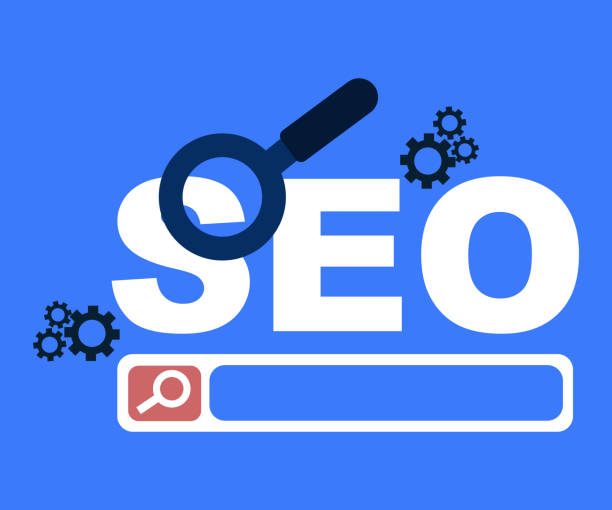
When it comes to on-page SEO, several elements play a crucial role.
Three of the most important include the title tag, meta description, and the strategic use of keywords.
The title tag is the main title of your page that appears in search results and at the top of the browser, and it must be carefully chosen to be both relevant to the content and appealing for user clicks.
The meta description is a short summary of the page’s content that appears below the title tag in search results, and its purpose is to encourage users to visit your page.
Although the meta description does not directly impact ranking, it can significantly increase the click-through rate (CTR).
Proper use of keywords throughout the content, including in the title, introduction, and body text, signals to search engines what your page is about.
However, keyword stuffing should be avoided, as this can lead to penalties from search engines.
This specialized section provides practical guidance for optimizing these elements.
The Importance of Content Quality and Structure for On-Page SEO

Content quality and structure are two main pillars in an on-page SEO strategy.
Search engines increasingly prefer content that is valuable, comprehensive, and relevant to users.
Quality content means providing accurate, in-depth, and unique information that answers users’ questions and meets their needs.
Explanatory and analytical content is highly effective in this regard.
In addition to quality, content structure is also of great importance.
Using appropriate headings (H1, H2, H3, etc.), short paragraphs, ordered and unordered lists, and relevant images, helps both content readability for users and assists search engines in understanding the hierarchy and main topic of the page.
A logical and readable structure encourages users to spend more time on your page, which is a positive signal for search engines and reduces the bounce rate.
Furthermore, referencing authoritative sources and linking to other internal content (internal linking) can help with your content’s credibility and organization, and improve user experience.
Internal optimization goes beyond keywords and focuses on the overall user experience.
Technical Aspects of On-Page SEO: URL Structure and Site Speed
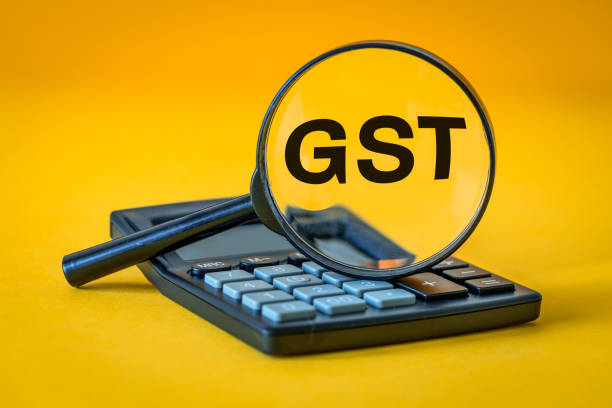
In addition to content and keywords, there are several technical aspects of on-page SEO that require attention.
Two of the most important are URL structure and site loading speed.
Structured and semantic URLs not only help users understand the page content but are also more readable for search engines.
Short URLs, containing relevant keywords and without extra characters, are highly recommended.
For instance, instead of a URL like www.example.com/page?id=123&cat=456, it’s better to use www.example.com/blog/seodakhili-rahnama.
Site loading speed is also a very important factor, both for user experience and for ranking in search engines.
Slow websites can have higher bounce rates and negatively impact SEO.
Optimizing images, compressing CSS and JavaScript files, using browser caching, and choosing suitable hosting are among the actions that can help increase your site’s speed.
This specialized section provides you with the necessary guidance to improve these technical aspects.
On-page site optimization is a complex process that requires attention to technical details.
| Feature | Description | Impact on Speed |
|---|---|---|
| Image Optimization | Reducing image file size without losing quality | Very High |
| Code Compression (CSS, JS) | Removing unnecessary characters from programming codes | High |
| Browser Caching | Temporarily storing site files in the user’s browser | Medium to High |
| Choosing Suitable Hosting | Using high-speed and reliable servers | Very High |
Did you know that 94% of users’ first impressions of a business are related to its website design? With professional corporate website design by **Rasawab**, turn this first impression into an opportunity for growth.
✅ Attract more customers and increase sales
✅ Build credibility and trust in the audience’s eyes⚡ Get a free website design consultation!
Image Optimization and Its Role in On-Page SEO
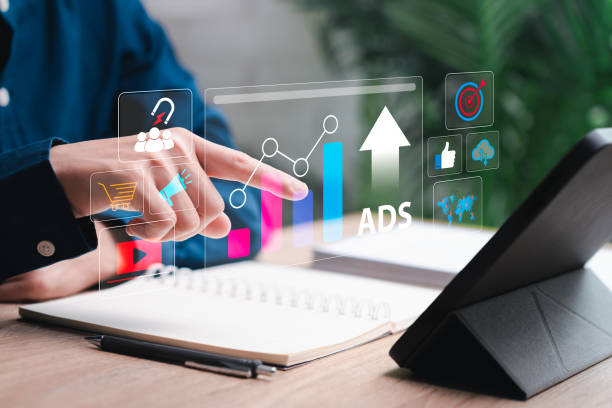
Images are an integral part of the web user experience and play a significant role in on-page SEO.
Image optimization means reducing their size without significant quality loss, using appropriate formats (such as WebP), and adding alternative text (Alt Text) and title (Title Tag).
Alt text helps search engines understand the image content, as they cannot “see” images like humans can.
Furthermore, this text is crucial for visually impaired users and those for whom images do not load.
Using descriptive Alt Texts that include relevant keywords can help improve page rankings in image search.
Additionally, image dimensions are important; using images with dimensions suitable for the display screen prevents unnecessary loading and improves site speed.
Image optimization not only helps increase page loading speed (which is itself an important ranking factor) but also enhances user experience by making the content more engaging.
On-page SEO also includes all these visual details and they should not be overlooked.
This is practical guidance for every webmaster.
Internal Linking Strategies
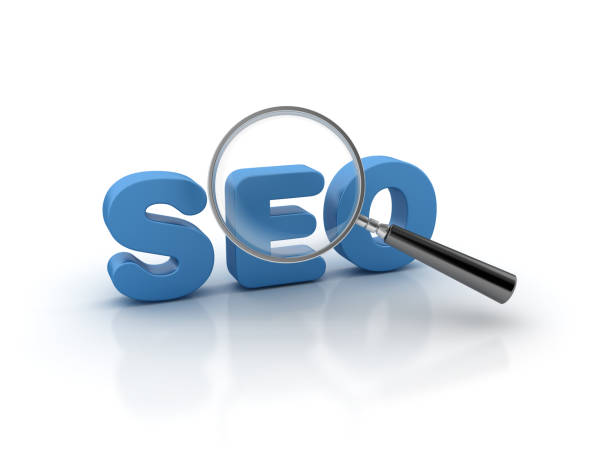
Internal linking is one of the most powerful on-page SEO tools, often overlooked.
This process involves creating links from one page to another within the same website.
Internal linking serves multiple purposes: Firstly, it helps search engines understand your website’s structure and discover new pages.
Secondly, it distributes ranking power (PageRank) across the site, giving more authority to more important pages.
Thirdly, it improves user experience by providing easy paths to discover related content.
When creating internal links, using descriptive and keyword-relevant anchor texts is very important.
This helps search engines better understand the topic of the linked page.
For example, instead of “Click here,” use “Complete Technical SEO Guide.”
A strong internal linking strategy can lead users to spend more time on your site, which is also a positive signal for search engines.
This is a comprehensive educational section that can help you master internal linking.
Schema Markup and Structured Data for On-Page Optimization
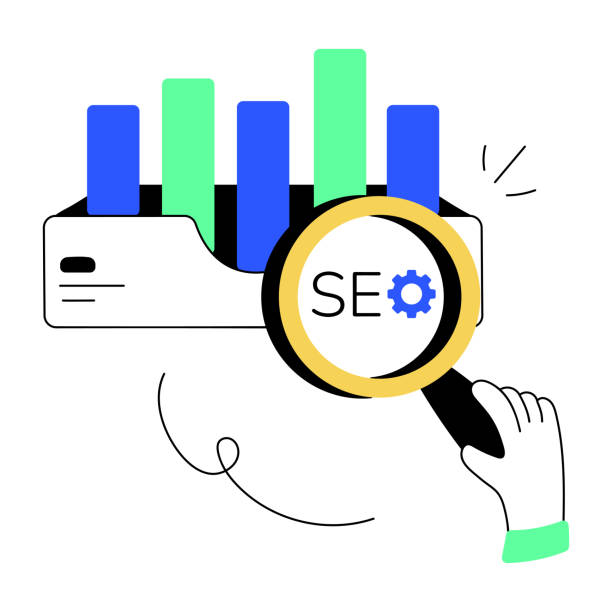
Schema Markup and structured data are additional codes for page HTML that help search engines understand specific content on the page more precisely.
This data can include information about products, reviews, recipes, events, organizations, and much more.
By using Schema Markup, you can tell search engines what specific elements on your page mean, not just what words they contain.
This leads to the display of Rich Snippets in search results, which can significantly increase your click-through rate (CTR) and make your website stand out among competitors.
For example, a review with star ratings in search results is much more striking than a simple link.
Correct implementation of Schema Markup is a specialized and advanced aspect of on-page SEO that can have a great impact on your site’s visibility.
This is an explanatory section that helps you get acquainted with available schema types and implement them on your website.
On-page site optimization with structured data is the future of SEO.
| Schema Type | Description | Example Application |
|---|---|---|
| Product | Information related to a specific product (price, availability, reviews) | Online stores |
| Review | Review of a product or service with ratings | Review sites, product pages |
| Article | Specifying the content of an article or blog post | News sites, blogs |
| FAQPage | Frequently asked questions and their answers | Q&A pages, explanatory articles |
User Experience and Its Impact on On-Page SEO
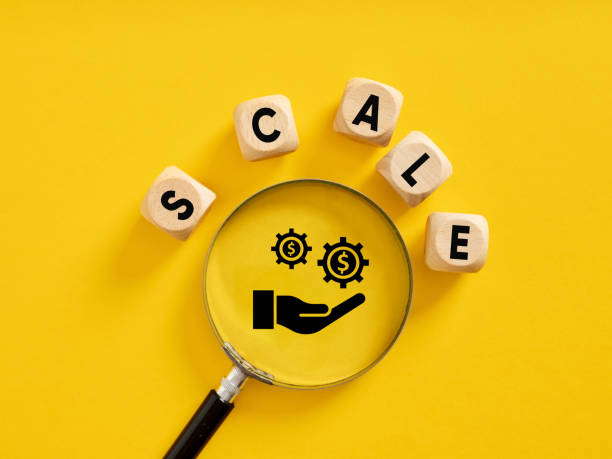
User Experience (UX) has become one of the vital factors in on-page SEO in recent years.
Search engines, especially Google, have adjusted their algorithms to prefer websites with excellent user experience.
This includes factors such as ease of navigation, user dwell time on the site, bounce rate, and mobile compatibility.
A website with attractive visual design, intuitive navigation, high loading speed, and organized content makes users spend more time on your site and visit more pages.
These user behaviors send positive signals to search engines, indicating that your site is valuable and relevant.
On-page SEO is no longer just optimization for crawlers, but also optimization for humans.
Engaging and appealing content can directly impact UX and consequently improve SEO rankings.
Therefore, any action to improve user experience will indirectly help improve your SEO as well.
This analytical section shows how improving UX can lead to better SEO results.
Are you worried that your company’s old website will drive away new customers? Rasawab solves this problem with modern and efficient corporate website design.
✅ Increases your brand’s credibility.
✅ Helps attract targeted customers.
⚡ Contact Rasawab for a free consultation!
Tools and Analytics for Monitoring On-Page SEO Performance

To ensure the effectiveness of your on-page SEO strategy, continuous monitoring and performance analysis are essential.
Various tools are available to help you check your site’s SEO status and identify opportunities for improvement.
Google Search Console is a free and very powerful tool from Google that provides information on how your site is indexed, the keywords users use to find your site, crawl errors, and site performance in search results.
Google Analytics is also essential for analyzing user behavior on the site, such as dwell time, bounce rate, and navigation paths.
Furthermore, paid tools like Ahrefs, Semrush, and Moz offer more advanced features for keyword analysis, competitor research, backlink monitoring, and SEO audits.
Data analysis helps you make more informed decisions to improve on-page optimization.
This news and guide section introduces you to the most important tools and explains how to use them to achieve the best results in on-page SEO.
Continuously tracking key trends and metrics keeps you on the right track.
Common Mistakes in On-Page SEO and How to Avoid Them
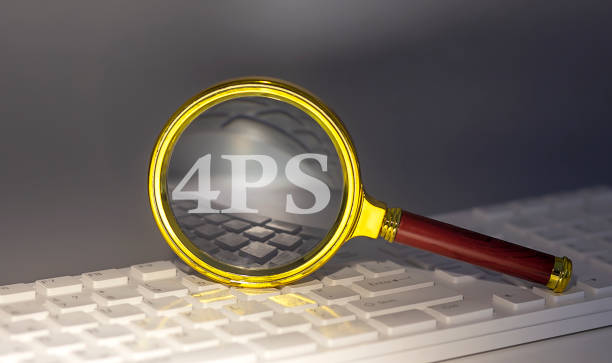
Despite the importance of on-page SEO, many webmasters and business owners make mistakes that can harm their site’s ranking.
One of the most common mistakes is keyword stuffing, which not only harms user experience but also gets penalized by search engines.
Another mistake is neglecting site loading speed and not optimizing images, which can lead to increased bounce rates and lower rankings.
Failing to use attractive and optimized title tags and meta descriptions is also a missed opportunity to attract clicks from search results.
Furthermore, poor internal linking or insufficient internal links can hinder search engines from discovering and understanding all pages of your site.
Duplicate content or low-quality content are also problems that severely negatively impact SEO.
Finally, neglecting mobile compatibility, in today’s world where most searches are conducted via mobile devices, is a glaring mistake.
This insightful content section helps you identify these common mistakes and, with the guidance provided, avoid them and implement your on-page SEO strategy in the best possible way.
Frequently Asked Questions
| Row | Question | Answer |
|---|---|---|
| 1 | What is On-Page SEO? | On-page SEO refers to a set of actions performed within a website (on its pages) to improve its ranking in search engine results. This includes optimizing content, site structure, and HTML codes. |
| 2 | Why is On-Page SEO important? | On-page SEO helps search engines better understand page content and determine whether that page is relevant and valuable for user searches. This better understanding leads to higher rankings. |
| 3 | What is the first and most important step in On-Page SEO? | Keyword Research is the most important initial step. By finding suitable keywords, targeted content relevant to user needs can be produced. |
| 4 | What is the role of the Title Tag in On-Page SEO? | The title tag is one of the most important ranking factors and should include the main keyword. This tag is displayed as the page title in search results and affects the click-through rate (CTR). |
| 5 | What is the importance of Meta Description? | The meta description does not directly impact ranking, but by providing an appealing summary of the page content in search results, it can entice users to click, thereby increasing the click-through rate (CTR). |
| 6 | Why is using headings (H1, H2, etc.) important in content? | Headings help structure content and improve readability for users and search engine crawlers. Using keywords in headings also helps search engines better understand the topic. |
| 7 | What does Image Optimization in On-Page SEO include? | It includes compressing images to reduce size, using descriptive and relevant file names, and filling the Alt tag (alternative text) with relevant keywords to help search engines understand the image content. |
| 8 | What is Internal Linking in On-Page SEO? | Internal linking refers to creating links between different pages of a website. This helps distribute page authority (Link Equity), improves user experience, and assists search engine crawlers in discovering new pages. |
| 9 | Why is Page Speed important for On-Page SEO? | Page loading speed is a direct ranking factor and severely impacts user experience. Slow pages can lead to an increased bounce rate and reduced user engagement. |
| 10 | What role does quality content play in On-Page SEO? | Quality, comprehensive, unique, and valuable content for the user is the core of on-page SEO. This content not only attracts and retains users but also sends positive signals to search engines and helps achieve better rankings. |
And other services of Rasa Web advertising agency in the field of advertising
Smart UI/UX: An innovative service for increasing online growth through SEO-driven content strategy.
Smart Link Building: Professional optimization to increase website traffic using intelligent data analysis.
Smart Digital Branding: Designed for businesses seeking to attract customers through marketing automation.
Smart Social Media: A creative platform for improving SEO ranking by optimizing key pages.
Smart Brand Identity: An effective tool for attracting customers with the help of an SEO-driven content strategy.
And over a hundred other services in the field of internet advertising, advertising consultation, and organizational solutions
Internet Advertising | Advertising Strategy | Advertorial
Sources
What is SEO?On-Page SEO ArticleComprehensive On-Page SEO GuideSEO Fundamentals
? To propel your business forward in the digital world, partner with Rasaweb Afarin; where expertise, innovation, and smart strategies pave your path to success.
From multilingual website design and SEO to targeted advertising campaigns, Rasaweb Afarin, with a comprehensive approach, keeps your brand at its peak. Contact us today and shape the digital future of your business.
📍 Tehran, Mirdamad Street, Next to Central Bank, Southern Kazeroun Alley, Ramin Alley, No. 6

